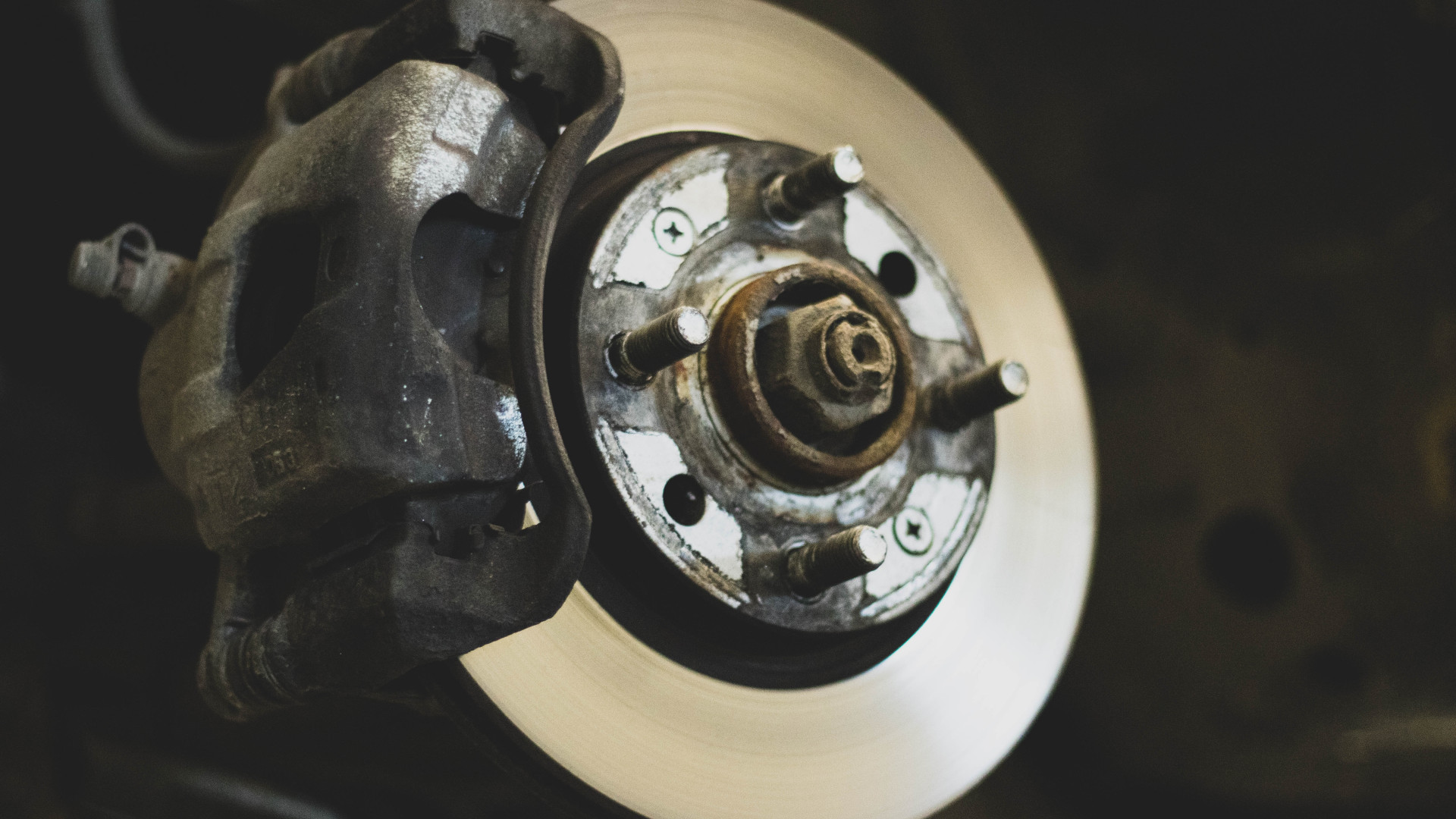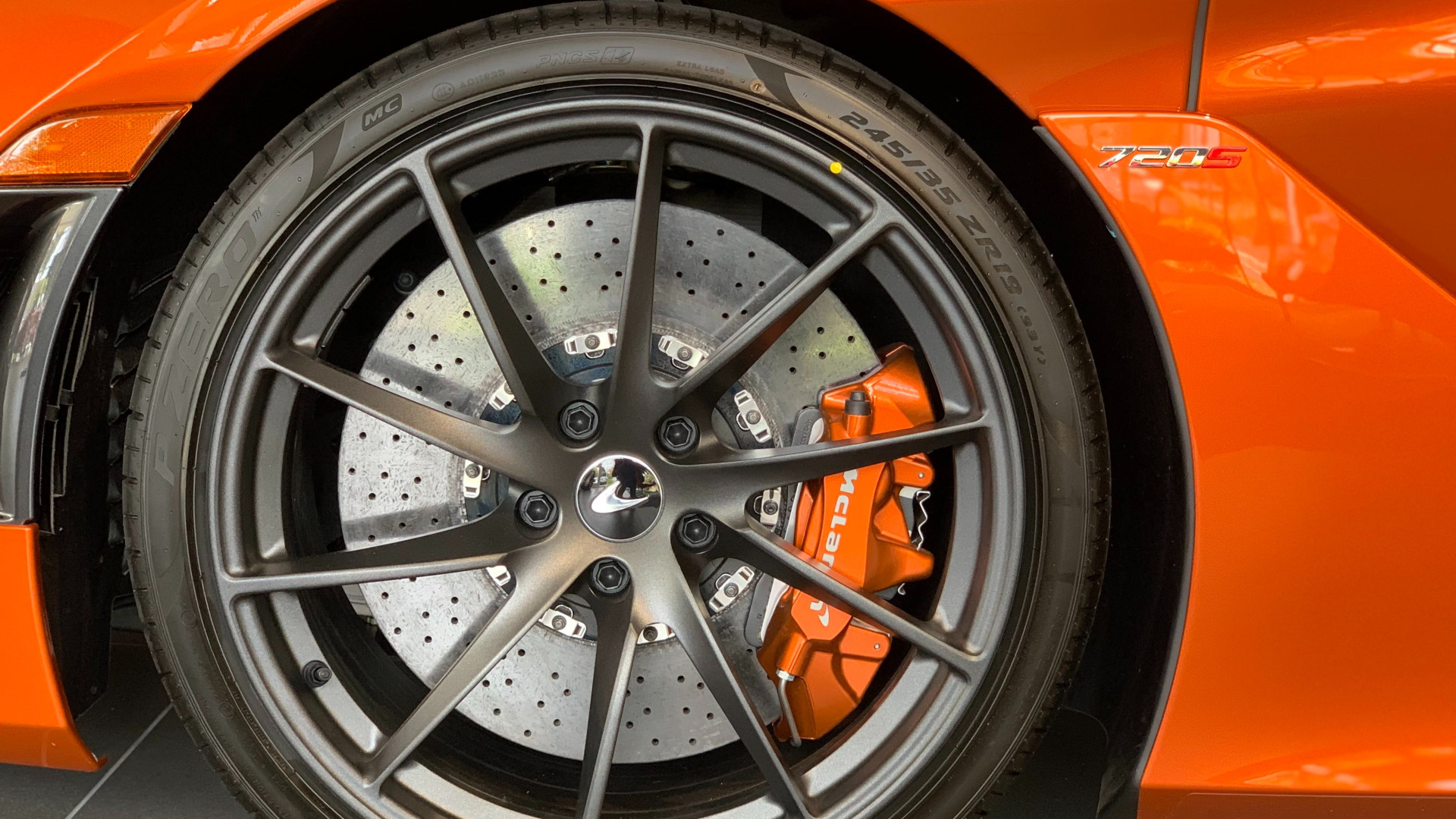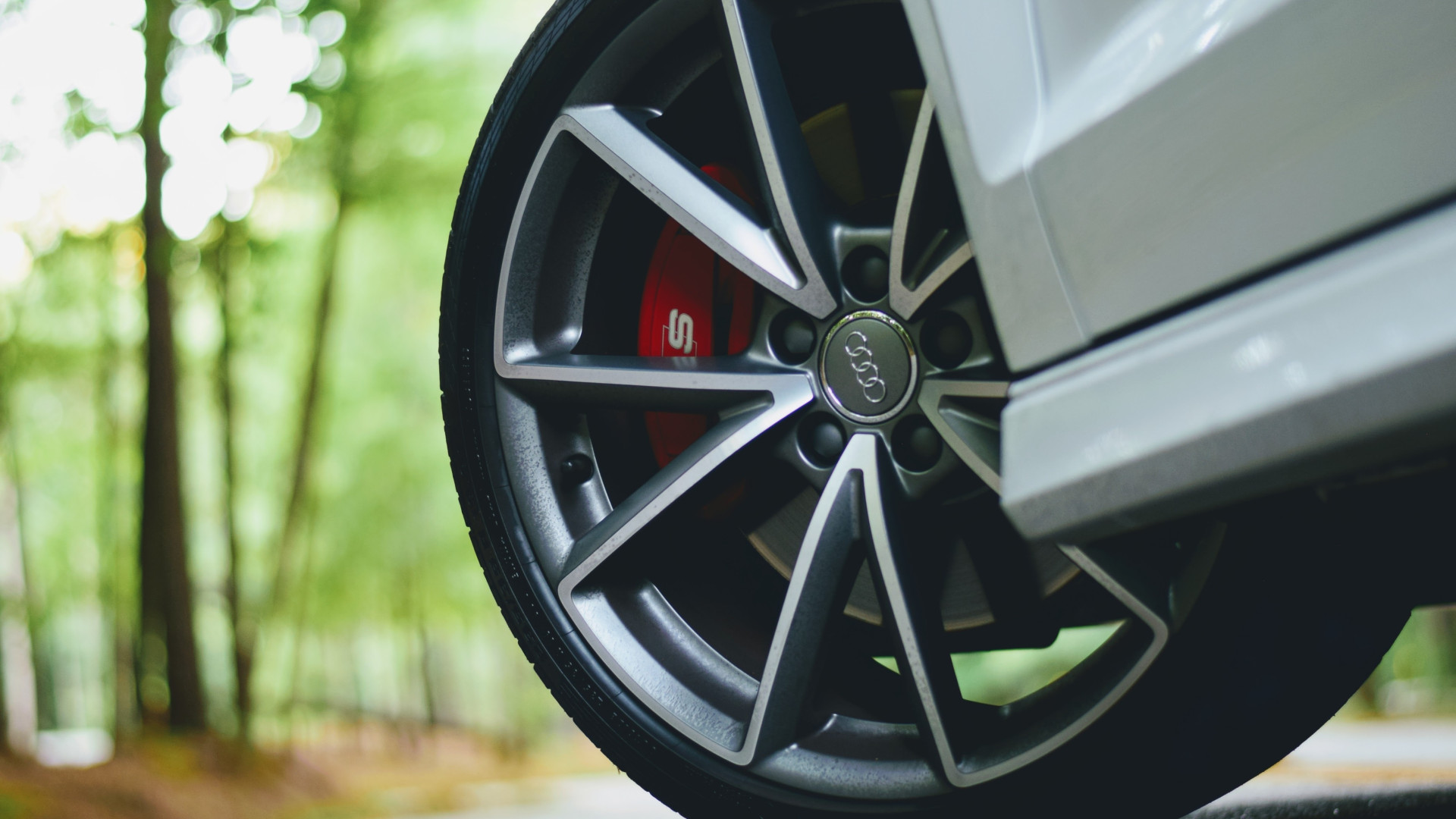Safe driving extends beyond just your driving skills - you should always be doing proper maintenance on your vehicle to ensure it’s always at its optimal performance. One of the most crucial components you definitely need to keep an eye on is your braking system. As your vehicle’s most important safety feature, brakes are what allow you to control your speed, manage your stopping distance, and avoid collisions. However, brakes can wear out over time, drastically affecting your ability to drive safely. In order to avoid dangerous situations, here are three telltale signs that will clearly indicate it’s time to replace your brakes.
1. Unusual Noises
With any object, the sound of strange noises is usually a sign that something is broken or needs fixing. Following that logic, one of the earliest indicators of brake problems is the occurrence of unusual sounds. For instance, if you hear a high-pitched squeal when you press down on the brakes, that’s a sure sign that your brake pads are worn out. Most brake pads are designed with a built-in device called a wear indicator; when your brake pads wear down to a certain level, the wear indicator will come into contact with the brake rotor, producing a squealing noise that alerts the driver it’s time for a repair.
In other cases, you might hear a grinding or growling noise which means your brake pads are completely worn away. That grinding noise is likely the sound of metal on metal, indicating that the brake caliper is now rubbing directly against the rotors. If you continue to delay a replacement, this can cause further damage to the rotors, which are much more expensive to replace than just the brake pads. So if you ever hear any unusual noises when you brake, you should promptly investigate the situation.
 Photo by Benjamin Brunner on Unsplash
Photo by Benjamin Brunner on Unsplash
2. Longer Stopping Distance
Have you been noticing that your vehicle requires more distance to come to a complete stop than it used to? This is another sign that signals your brakes are due for a replacement. Over time with lots of use, your brake pads may start to lose their effectiveness due to wear and tear, eventually causing the vehicle to take longer to stop. This can be particularly dangerous in emergency situations where you need to slam the brakes to avoid an accident.
Furthermore, if you notice your car pulls to one side when braking, it’s likely a sign that your brake wear is unevenly distributed between the left and right wheels. Not only does this increase the stopping distance needed, but it also compromises the control of your vehicle. In these situations, you need to immediately give your brakes some attention.
 Photo by Varun Palaniappan on Unsplash
Photo by Varun Palaniappan on Unsplash
3. Vibrations
Another indicator that demonstrates your brakes need a change is if you feel a vibration or pulsing sensation in the brake pedal or the steering wheel. This is often a sign that your rotors are warped; the rotor is the part of the braking system that your brake pads squeeze to create friction and stop the vehicle. If the rotors aren’t even, the brake pads can’t make consistent contact which leads to the pulsating feeling.
Vibrations could also be a sign of misaligned wheels or worn-out brake pads. If you notice these symptoms, it’s important you do something quickly as they can severely affect your car’s handling and safety. The longer you leave it unchecked, the more problems could escalate to the point where you can no longer control the vehicle, especially in slippery conditions or when braking hard.
 Photo by Chinmay Jade on Unsplash
Photo by Chinmay Jade on Unsplash
Step one in staying safe on the road is making sure your brakes are in excellent working condition. If you notice any of the signs mentioned above, you should immediately have your brakes inspected by a professional mechanic. By doing regular maintenance and timely repairs, it can save you from potential accidents down the road.







